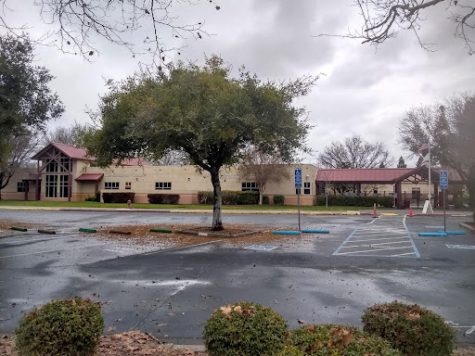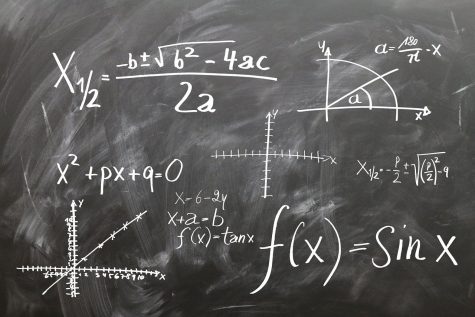Star Academy broadens curriculum to expand diversity, inclusion in literature
June 9, 2023
Diverse and inclusive literature has been lacking in the curriculum for students for some time now, for a multitude of reasons, according to teachers and the principal at Star Academy.
“I think there are multiple reasons for the lack of diverse literature overall and in schools,” said Amy Kahler, principal of Star Academy, “one being political and where society is at right now.”
A cautious approach to broadening the curriculum with diverse literature is another cause, teachers say.
“I think there has still been a hesitancy to drastically overhaul literature programs and common read-out-louds and other stories,” said TJ Fassler, 4th grade teacher at Star Academy.
Diverse and inclusive literature, Fassler believes, helps students feel represented in the classroom.
“Each student brings their own unique experience, passions, hobbies, and practices, and the more that the classroom shows that it values a variety of those things, the more comfortable students will likely feel in sharing their own,” he said.
Julie Torres, 1st grade teacher at Star Academy, agrees.
“It brings me joy when I read a cultural book and I hear students say with lots of excitement, ‘Mrs. Torres, I celebrate that holiday with my family!’ or they say, ‘My brother has autism, too’, and that leads to my students having a voice where they share their personal experiences and then students begin making connections with each other.”
Fassler believes diversity’s benefits extend to all students.
“I also think there is value in reading about experiences that are unlike our own because in that controlled environment and pacing, then it can prepare a person to empathize, relate, or at least acknowledge that someone else may be seeing and experiencing a moment differently than yourself,” he said.
Torres makes a conscious effort to bring diversity in literature to her classroom.
“Not only do I read books that exemplify diversity, I incorporate diversity in my lesson plans and I create a culture that values differences,” she said. “I also attack this problem by providing my students a platform during our morning meetings where they have a voice and the freedom to share.”
The phrase “Mirrors and Windows” has been used to help describe the benefits of providing diverse literature in schools. Diverse books can provide mirrors to students to help them feel represented, and windows for others to look into a different perspective, as Jacqui Sjol, 4th grade teacher at Star Academy, explained. “This saying is so important for all students because people don’t always get a chance to learn about a diverse array of cultures,” she said. “Through books, students can learn about as many cultures as they have access to.”
Students at Star Academy also recognize the importance of diverse and inclusive literature.
“When I see people like me in books and movies, I feel happy,” said 5th grader Urvee Ranade. “In my opinion, there aren’t many Indian representatives in books and movies…I love to read books about many different cultures. But I don’t know any other Indian books and movies other than books like Aru Shah, The Serpent’s Secret and books about Diwali.”
Ojas Ranade, brother of Urvee Ranade and a 4th grader at Star Academy, explained how he feels being represented in the media.
“I think it is important that there are Indian people in the media because it opens other people for opportunities and it makes people similar to us feel different things,” he said. “For me I like seeing Indian people in books or movies because I can relate to them on a different level than others. Some of the things that they go through, I also go through.”
There are also significant long term benefits of diverse and inclusive literature, according to teachers.
“When you see others like you succeed, even if only fictionally, you believe you can succeed, and that is a powerful thing,” said Sjol. “When my students read stories about characters that are different from themselves they build empathy. Having empathy is a crucial skill in order to practice inclusion.”









